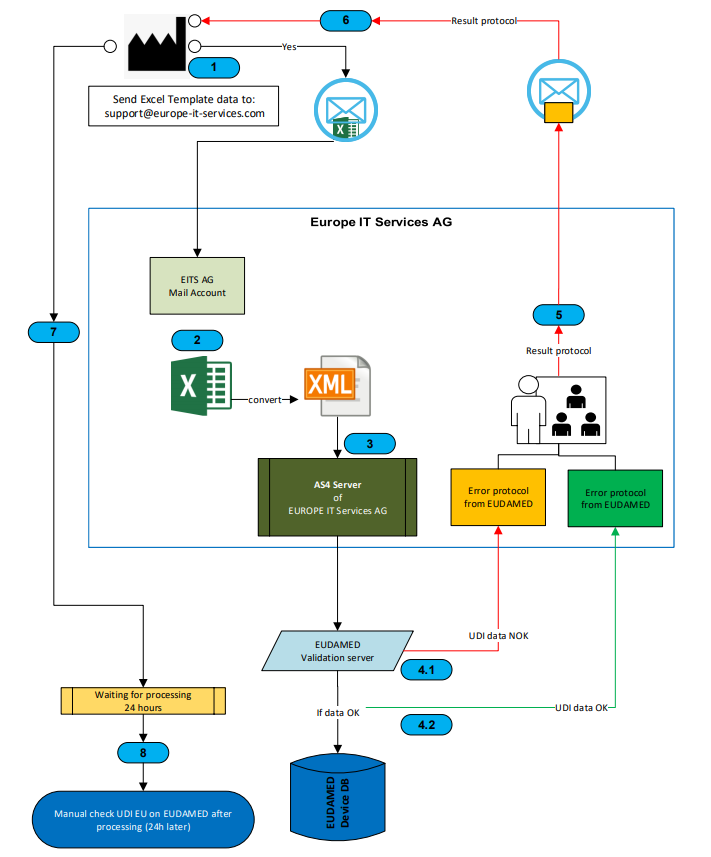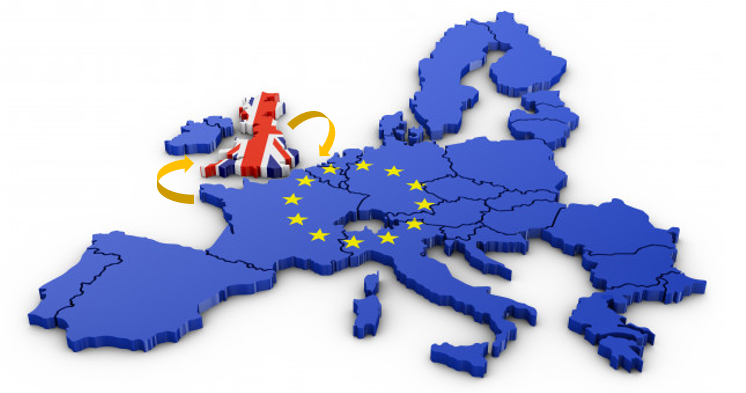
Opportunities, Challenges, and Regulations
India is one of the fastest-growing markets for medical devices globally. With an annual growth rate of approximately 16-17%, it presents significant opportunities for both domestic and international manufacturers. The increasing demand for modern healthcare and advanced medical technology, coupled with a rapidly growing population, drives this growth.
Market Drivers and Growth Opportunities:
- Import Dependency: India imports around 70% of its medical technology, particularly specialized devices and innovative solutions from Europe and the USA. High-quality technologies like imaging equipment, ventilators, and surgical instruments are in high demand(MedTech Engineering)(MPR India Certification).
- Government Initiatives: The Ayushman Bharat Health Infrastructure Mission is providing $8 billion in investments until 2026 to expand healthcare infrastructure. This includes the construction of hospitals, emergency centers, and modern labs across various regions(GTAI).
- Medical Tourism: India has become an attractive destination for medical tourists, contributing about $2 billion annually to the economy. This growth increases demand for advanced medical devices needed for specialized treatments(GTAI).
Regulatory Requirements and UDI System in India:
- Approval Process: Medical devices in India are regulated by the Central Drugs Standard Control Organization (CDSCO). The approval process varies depending on the risk classification of the products, which are categorized into Classes A (low risk) to D (high risk). Collaboration with an Indian representative (Authorized Indian Representative, AIR) is mandatory for foreign companies(MPR India Certification).
- National Single Window System (NSWS): To streamline the approval process, India has introduced the NSWS portal, which simplifies the digital and centralized registration and licensing of medical devices(Indian Chemical Regulation Helpdesk).
- UDI in India: India does not currently have specific Unique Device Identification (UDI) requirements like the EU or the USA. However, India’s regulatory system is continuously being modernized, and products already approved in the EU or USA benefit from a simplified approval process(MPR India Certification).
Additional Key Insights:
- Increased Investments in the Healthcare Sector: Both private and public investments in India’s healthcare infrastructure are rising. New hospitals and digital health solutions, such as telemedicine and mobile health services, are boosting demand for connected and portable medical devices(GTAI)(Indian Chemical Regulation Helpdesk).
- Digitalization and Telemedicine: The COVID-19 pandemic accelerated the development and acceptance of digital healthcare solutions. India is witnessing strong growth in telemedicine, increasing the demand for portable diagnostic devices and digital healthcare solutions(MPR India Certification).
- Growing Importance of In-vitro Diagnostics (IVD): The market for in-vitro diagnostics (IVD) in India is expanding as more people gain access to precise diagnostic procedures. Companies specializing in laboratory technology and diagnostics can benefit from this growing demand(MPR India Certification).
- Localization of Production: Through the “Make in India” initiative, the Indian government is promoting local production of medical devices. This presents opportunities for international companies to enter the Indian market through joint ventures or by establishing subsidiaries(Indian Chemical Regulation Helpdesk)(MPR India Certification).
Challenges:
- Regulatory Hurdles: Gaining market access requires a thorough understanding of regulatory requirements. Especially for products in the higher-risk classes C and D, extensive testing and evaluations are required before market approval. The appointment of an Authorized Indian Representative (AIR) is mandatory(MPR India Certification).
- Price-Sensitive Market: Despite the demand for innovative products, India remains a price-sensitive market. Local manufacturers often offer cheaper alternatives, intensifying competition(GHA Health).
Conclusion:
India offers significant growth opportunities in the medical devices sector, especially for companies providing advanced solutions and technologies. However, market entry requires careful planning, particularly regarding regulatory requirements and price sensitivity. International companies can benefit from India’s import dependency by forming strategic partnerships and establishing a local presence to meet the growing demand for modern healthcare solutions.









Related Posts